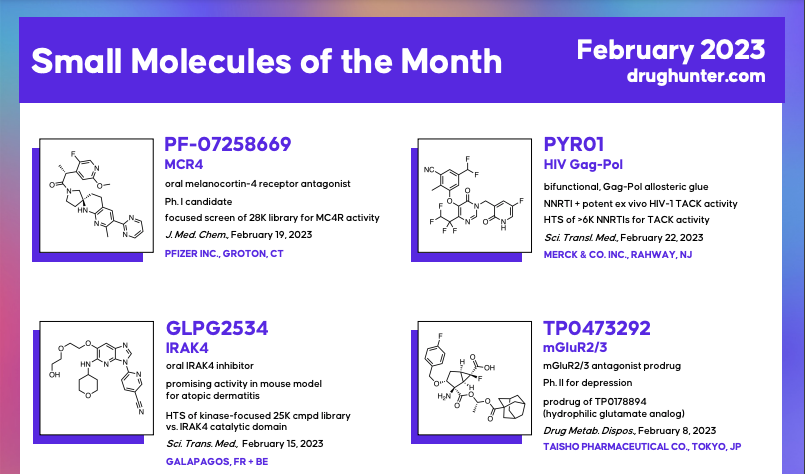Shaima Qunies
Shaima is a dedicated Research Analyst at Drug Hunter, where she delves into the intricacies of scientific literature related to the discovery of novel drugs. Her expertise lies in presenting complex scientific concepts in a digestible and accessible manner, catering to professionals in diverse fields of drug discovery and development. Having earned her Pharm.D. degree from the University of Jordan, Shaima embarked on a journey to the United States in 2018. She pursued a Ph.D. in Biomedical Sciences with a specialization in Pharmaceutical Sciences at UNT Health Science Center.
During her doctoral studies, Shaima focused on discovering small molecules as Slack potassium channel inhibitors, aiming to establish the pharmacological basis for treating malignant migrating partial seizures of infancy (MMPSI). She mentored young scientists, guiding them in optimizing small molecules as valuable biological tools. Additionally, Shaima served as a Guest Instructor at UNT System College of Pharmacy, imparting knowledge to Master's students in the Drug Discovery and Development program.
Based in Texas, Shaima finds joy in various activities, including cooking, hiking, horseback riding, and immersing herself in the wonders of nature.
More from Shaima
Join the Drug Hunter Mailing List
to get free content and resources weekly. Trusted by >15,000 drug hunters worldwide. Unsubscribe anytime.
